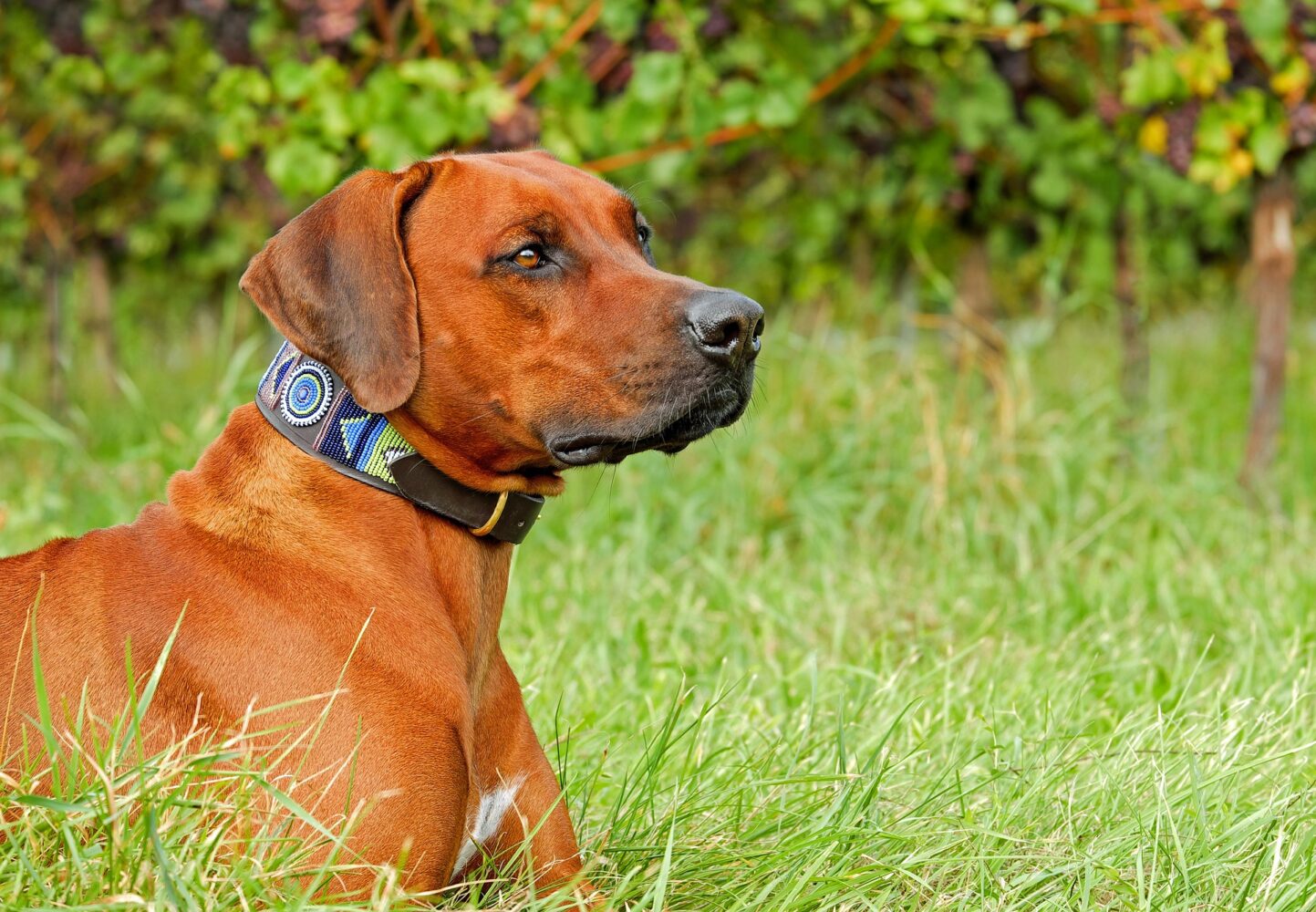Learn about the symptoms of collar sores in dogs and how to identify them early on.
This comprehensive guide will help you take the necessary steps to prevent and treat collar sores in your furry friend.
If you notice that your furry friend has developed collar sores, it is essential to take action to prevent the condition from worsening.
In this blog post, we will guide you on how to treat and prevent collar sores on your dog’s neck.
What Are Collar Sores?
Collar sores are a type of skin irritation that develops on a dog’s neck.
They can be caused by a variety of factors, including prolonged use of collars, ill-fitting collars, or the type of material used for the collar.
Collar sores are characterized by redness, swelling, hair loss, and in severe cases, bleeding.
How to Treat Collar Sores?
Treating collar sores requires identifying the underlying cause of the condition.
The following are steps you can take to treat collar sores on your dog’s neck:
Remove the collar: The first step to treating collar sores is to remove the collar from your dog’s neck.
This will prevent further irritation and allow the sores to heal.
Clean the affected area: After removing the collar, clean the affected area using warm water and mild soap.
This will help remove any dirt or debris that may have accumulated on the sores.
Apply a topical ointment: Once the area is clean, apply a topical ointment to the sores.
You can use over-the-counter ointments such as Neosporin or a natural ointment such as coconut oil.
This will help soothe the sores and promote healing.
Monitor the sores: Keep an eye on the sores and monitor them for any signs of worsening.
If the sores do not heal or begin to show signs of infection, contact your veterinarian immediately.
How to Prevent Collar Sores?
Preventing collar sores requires taking a few simple steps to ensure that your dog’s collar is comfortable and well-fitted.
Here are a few tips to help prevent collar sores:
Choose the right collar: When selecting a collar for your dog, choose one that is made of soft material such as leather or nylon.
Avoid collars made of rough materials such as chain or metal.
Check the fit: It is essential to ensure that the collar fits well and is not too tight or too loose.
A good rule of thumb is to ensure that you can fit two fingers between the collar and your dog’s neck.
Remove the collar regularly: It is important to remove your dog’s collar regularly, especially when they are indoors.
This will help prevent any irritation caused by prolonged use of the collar.
Check the collar for damage: Regularly inspect your dog’s collar for any signs of damage such as fraying or tears.
A damaged collar can cause irritation and sores on your dog’s neck.
Consider using a harness: If your dog is prone to collar sores, consider using a harness instead of a collar.
A harness distributes the pressure more evenly across your dog’s body and is less likely to cause irritation or sores.
FAQs
Q: Can collar sores in dogs be prevented?
A: Yes, collar sores in dogs can be prevented by following some basic tips, such as checking the collar regularly, using a soft collar, and removing the collar when your dog is inside the house.
Q: Can collar sores be a sign of a more serious condition?
A: Yes, collar sores can be a sign of a more serious condition, such as an infection or allergy. It is important to take your dog to a veterinarian if they have collar sores.
Final Thoughts
Collar sores can be a painful and uncomfortable condition for your furry friend. However, with the right care and attention, they can be easily treated and prevented.
By following the steps outlined above, you can help your dog avoid collar sores and keep them healthy and happy.
Remember, if you notice any signs of infection or if the sores do not heal, contact your veterinarian for advice and treatment.




